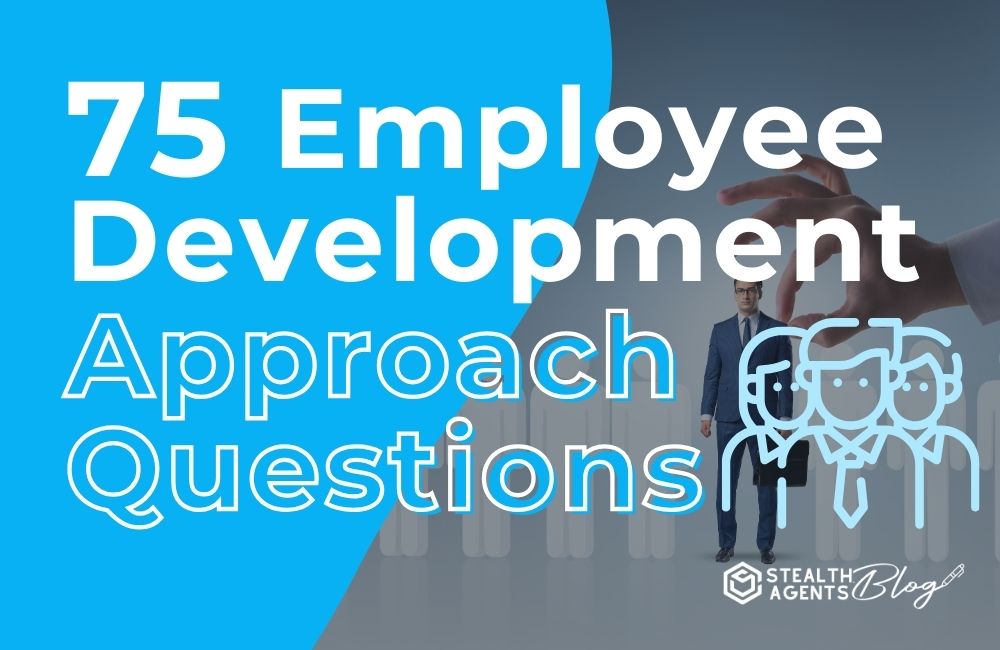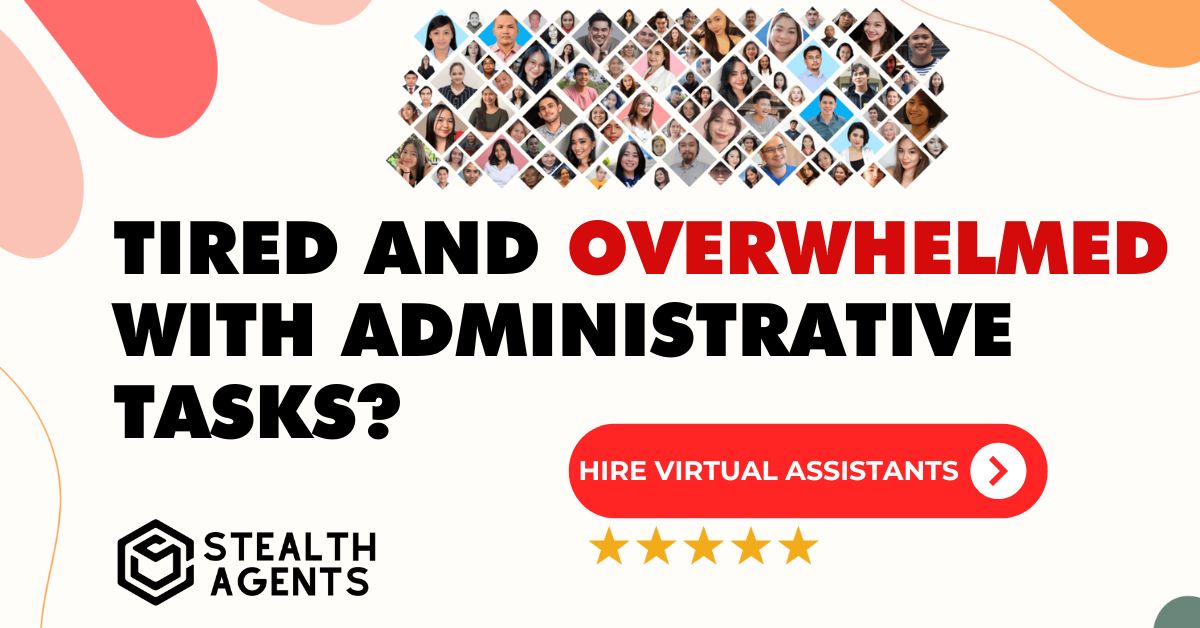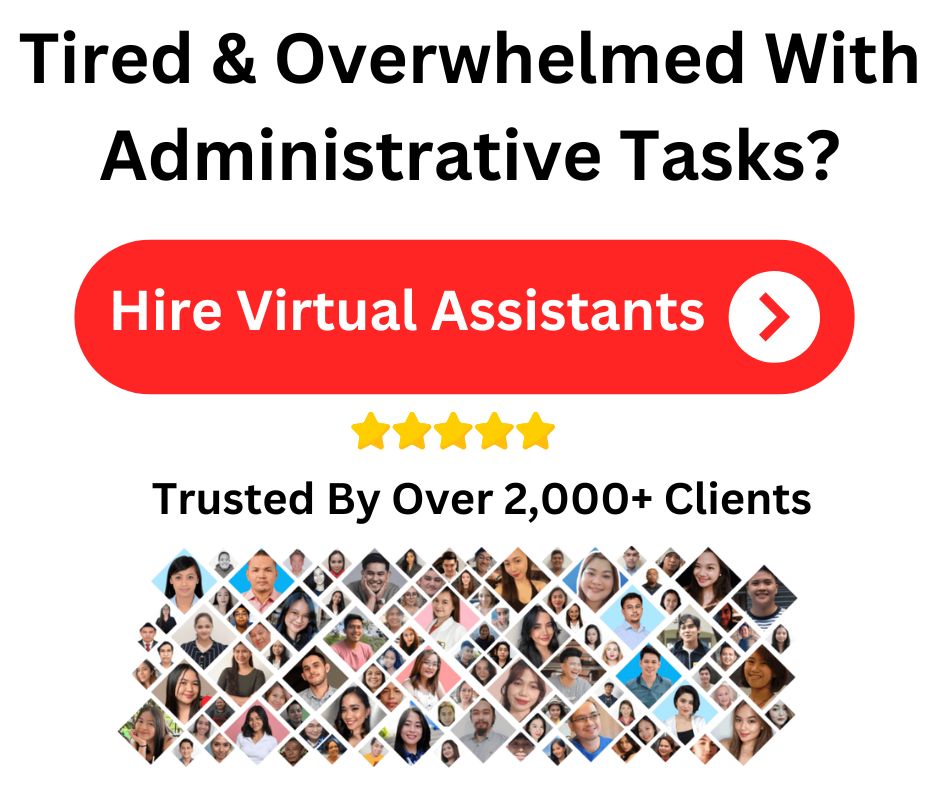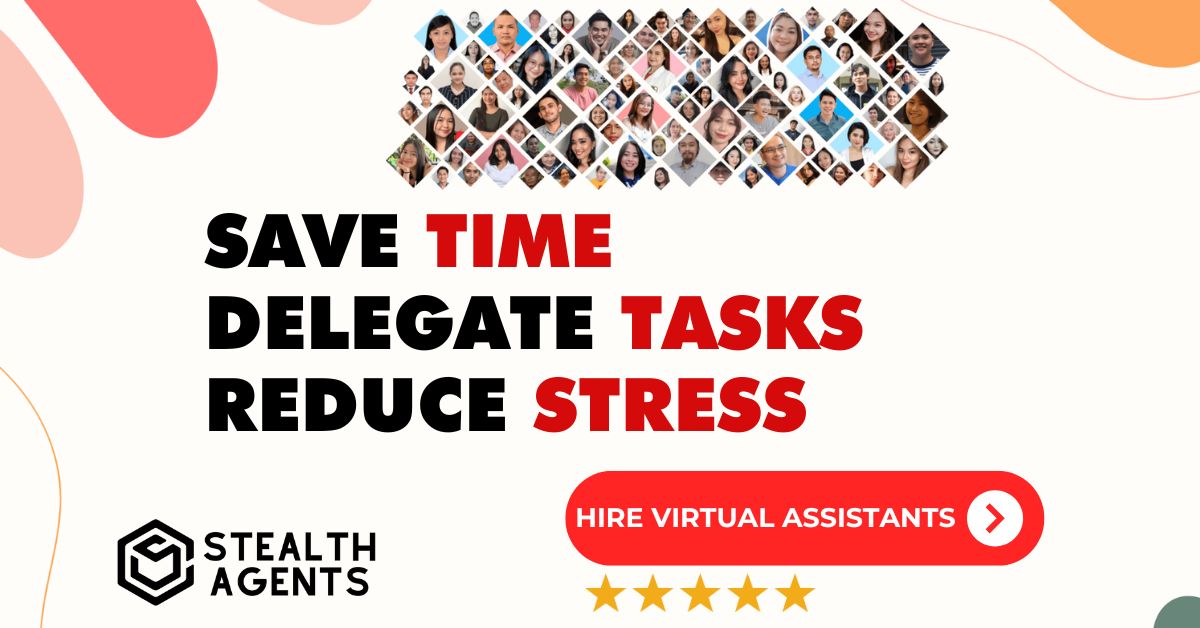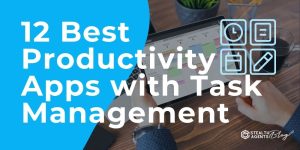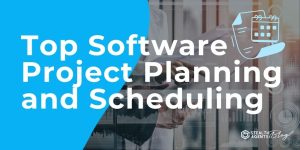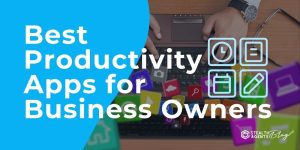Employee Development
Employee development is a key strategy for businesses aiming to foster growth, innovation, and long-term success. It involves investing in training and professional growth opportunities for employees, enhancing their skills and knowledge. This focus on development not only boosts employee performance and productivity but also increases job satisfaction and engagement, leading to lower turnover rates. By empowering employees to advance their careers within the company, businesses can build a more motivated, skilled, and loyal workforce. Additionally, employee development contributes to a culture of continuous improvement and adaptability, ensuring the organization remains competitive in a rapidly changing business environment. In essence, prioritizing employee development is not just an investment in individual team members, but a strategic investment in the future of the entire company.
The Hennessy Diamond Model: A Guide to Unearth Potential
Embark on a journey of personal and professional growth, not just for you, but every team member. The Hennessy Diamond Model is not a one-size-fits-all; rather, it reflects the multifaceted approach necessary in understanding, identifying, and cultivating talent. Let’s lay down the diamonds and mine the latent potential of your team.
1. Leading Diamond: Who Are We Leading Toward Excellence?
Before contemplating programs or training, know who you’re leading. Understand your team’s makeup – their skills, current responsibilities, and long-term goals.
2. Visionary Diamond: What Could Our Team Achieve?
Let the team envisage a future where their skills translate into exceptional performance. This imaginative exercise equips them to visualize success and encourages commitment to growth.
3. Embracing Diamond: How Do We Build an Atmosphere of Openness?
Foster a culture where errors are learning opportunities, not end points. Start conversations on challenges transparently and positively.
4. Sustaining Diamond: How Do We Develop Sustainable Learning Habits?
Transform training into daily habits. Encourage reading, webinars, and exercises that bolster lessons learned in formal sessions.
Personal Pulse: The Path to Individual Development
Each member brings a personal narrative interwoven with professional aspirations. The key to unlocking potential lies in understanding their stories.
5. Personal Story: What Drives Each Employee?
Uncover the tales of triumph and challenge. These narratives often hold secrets to untapped potential and ambitions.
6. Vision Sharing: Have We Agreed on Personal and Shared Horizons?
Alignment of individual and team goals prevents dissonance. A shared vision fosters collective progression and reduces friction.
7. Passion Pursuit: Which Skills Ignite Passion?
Explore the sweet spots where passion and proficiency overlap. These are the skills that not only advance the individual but also add value to the collective.
8. Experience Inventory: What Does Their Past Tell Us?
Past experiences – professional and personal – paint a colorful mosaic of skills and aptitudes. Revisiting past roles can illuminate unrecognized preferences or talents.
Tactical Teasers: The Playbook for Practical Growth
To champion development, practical applications are indispensable. Focus on the arsenal of tools and mindsets your team can utilize every day.
9. Educating the Education: What Learning Style Suits Each Team Member?
Variety in education keeps engagement high. From visual to kinesthetic learners, tailoring training to individual styles maximizes retention.
10. Personal Project Proposals: How Can Their Micro-Worlds Be Accelerators of Growth?
Empower employees by enabling them to propose and manage projects that align with their goals. These personal ventures become learning accelerators.
11. Workshop Wonderland: What Specialized Workshops Can Uplift Specific Roles?
Not all workshops are created equal. Investing in specialized courses tailored to job roles augments job-specific skills and knowledge.
*advertisement*
Tired & Overwhelmed With Administrative Tasks?
Hire A Top 1% Virtual Assistant From Stealth Agents!

Sign Up Below & Hire A Top 1% Virtual Assistant
Rated 4.7 Stars Serving Over 2,000+ Customers.
Hire Top 1% Virtual Assistants For $10-$15 Per Hour
Ask About Our 14 Day Trial!
*advertisement*
12. Mentor Matching: Who Would Be the Ideal Guide?
Matching employees with mentors in or outside the team can significantly shape their perspective and skill set.
Energizing Engagements: The Social Scaffold of Development
Development thrives in vibrant networks. Nurturing connections inside and outside the team can spark growth.
13. Community Cultivation: How Can We Foster an Internal Learning Ecosystem?
Encourage sharing of insights and experiences within the team. This organically grows an internal learning ecosystem.
14. Professional Society Participation: What Benefits Lurk in These Societies?
Belonging to professional societies broadens horizons and often offers specialized content that can’t be found in-house.
15. Cross-Functional Exchange Programs: What Can Be Learnt From Other Departments?
Exposure to other departments is a key driver of innovation. Structured programs for cross-functional interaction can illuminate new approaches.
16. Conference Conscription: Which Events Can Fuel New Ideas?
Conferences provide a platform for the latest industry trends and actionable insights. Sponsoring team members fosters a hunger for cutting-edge knowledge.
Collective Connectivity: Unifying the Team Through Learning
While individual growth is pivotal, fostering growth that brings the team closer is just as important.
17. Shared Learning Journey: How Do We Create Common Ground in Our Learning Paths?
Develop parallel learning paths that culminate in a shared understanding. These journeys should be challenging yet attainable and must foster a sense of togetherness.
18. Competency Conferences: What Competitions Can Keep Us Sharp?
Friendly competitions ignite the competitive spirit in a healthy, productive way. They push individuals to excel and learn from each other.
19. Team Task Forces: What Real-World Projects Can We Tackle Together?
Task forces bring a diverse set of skills together to solve complex challenges, promoting synergistic learning and interdepartmental networking.
20. Shared Systems Mastery: How Do We Standardize and Streamline Our Approaches?
Set common benchmarks and standards that everyone can strive to master. This creates harmony in work styles and promotes continuous learning.
The Growth Guild: Building a Team of Teachers and Learners
To foster an environment of continuous growth, each member must take on the role of both teacher and student.
21. Skills Showdown: How Can We Leverage Peer-to-Peer Training?
Make use of assets within the team. Peer-to-peer training develops teaching skills and reinforces learning from another perspective.
22. Masterminding: Have We Formed Groups for Mutual Learning?
Small groups can meet regularly to share insights and resources, functionally acting as personal boards of advisors.
23. Debate Cultivation: How Do We Stir Intellectual Discourse?
Structured debates on current topics or upcoming challenges encourage research, critical thinking, and articulation of ideas.
24. Rotation Regime: Can We Implement Role Rotation for Hands-On Learning?
Temporary role rotations offer fresh perspectives and insight into the interdependence of different functions within the team.
The Technology Tactic: Harnessing Tools for Development
In the modern age, technology is an indispensable companion in the journey of development.
25. Learning Management Systems: What Platforms Can Centralize Learning?
LMS systems can organize, track, and distribute learning in a scalable and personalized manner.
26. Microlearning Modules: How Do We Make Learning Effortless?
Breaking down learning into bite-sized modules accommodates the busiest of schedules and aligns with contemporary attention spans.
27. E-Coaching Platforms: Can We Make Coaching Ubiquitous?
Online platforms for coaching ensure on-demand support and guidance, transcending time and location.
28. Virtual Reality Ventures: How Do We Empower Experiential Learning?
VR simulations immerse employees in realistic scenarios, offering a risk-free environment for experimentation.
Cultural Crafting: Weaving Development Into the Fabric of the Firm
Embedding growth in the culture of the organization ensures that it’s not an annual event but a daily occurrence.
29. Development Declarations: How Do We Make Learning Compulsory?
A firm declaration of the priority of development manifests commitment and sets the agenda for a growth-centric environment.
30. Learning Leave: Can We Institutionalize Time Off for Development?
Dedicated days for skill-building without the interruption of day-to-day tasks can lead to deep dives into learning.
31. Highlighting Heroes: What Role Models Can We Showcase?
Recognizing individuals who have exemplified growth through accolades and showcases sets aspirational benchmarks for others.
32. Learning Legacy: How Do We Institutionalize Sharing of Skills and Techniques?
As employees leave, they take a part of the organization with them. Encourage them to leave behind knowledge for their counterparts.
Reflective Rendezvous: The Power of Introspection
Self-reflection is the cornerstone of progress. Encourage employees to pause and reflect on their journey and challenges.
33. Journal Journeys: What Lessons Can Be Drawn from Regular Journaling?
Journals act as personal chronicles of growth. Regular entries force employees to quantitatively review their progress and learning.
34. Self-Review Rituals: Do We Regularly Conduct 360° Reviews of Ourselves?
Self-assessment, including feedback from peers, sheds light on blind spots and highlights areas that require attention.
35. Experience Exchanges: Are We Open to Sharing Embarrassing Experiences?
Sharing embarrassing professional moments underscores that everyone, including leaders, is constantly learning.
36. Retro Reviews: How Do We Make Learning a Part of the Process?
Regular retrospectives after every project or phase ensure learning is derived from both success and failure.
The Professional Path: Navigating the Maze of Career Growth
Development is not just about the current role but enhancing capabilities for the future.
37. Career Counseling Sessions: Have We Offered Personalized Guidance?
One-on-one sessions for career advice can align development goals with future aspirations.
38. Role Recon: Are We Regularly Evaluating the Relevance of Job Descriptions?
Job descriptions are not set in stone. Regular evaluation ensures they evolve with the employee’s growth.
39. Progression Planning: What Promotions Pathways Are Clear and Attainable?
Clear pathways to promotions and career progression motivate employees to pursue growth.
40. Development Degree: Have We Pondered on Education Assistance Programs?
Reimbursement for higher education or specialized courses is often a pivotal development tool.
Learning Leadership: Modeling the Way
Leaders who learn demonstrate a commitment to knowledge, inspiring the same in their teams.
41. Leader Learning Leverage: How Can We Enhance Our Own Skills?
Leaders must lead by example. They should be visible participants in the learning process.
42. Self-Study Showdown: What Can We Do to Improve Our Own Performance?
Leaders should take an active interest in their self-development, modeling the importance of continuous learning.
43. Mentor Magnetism: Are We Both Mentors and Mentees?
Leaders should simultaneously seek guidance and provide it, acknowledging that learning is a reciprocal activity.
44. Development Declaration: How Do We Link Learning With Organizational Success?
Connecting learning with organizational goals underscores its importance and necessitates the entire team’s commitment.
The Measured Matrix: Quantifying Intangible Growth
While development is largely qualitative, some measurements offer feedback on progress.
45. Feedback Forums: How Do We Solicit Regular Input on Learning Experiences?
An open feedback culture sharpens the in-house learning programs by spotlighting areas that require improvement.
46. Skill Surveys: Have We Conducted Periodic Surveys on Team Skill Levels?
Benchmarking skill levels periodically ensures that the team’s development is on track with evolving market demands.
47. Progress Proposals: Are We Encouraging Employees to Present Development Plans?
Self-initiated development plans by employees show they are taking ownership of their growth. These plans can be shared and discussed.
48. Impact Investigations: Can We Measure the Tangible Outcomes of Learning?
Relate the learning outcomes with real-world improvements in performance to gauge effectiveness.
Development Diversity: Tailoring Growth to the Individual
Every member of your team is unique, and so should be their path to development.
49. Inquisitive Interviews: What Questions Can Unlock Aspirations?
Conduct interviews focusing solely on personal and professional goals to establish a bespoke development roadmap.
50. Interests Inventory: How Do We Catalog Personal and Professional Interests?
Maintain a dynamic catalog of interests and hobbies to weave them into development strategies.
51. Aspiration Allocations: How Do We Allocate Resources Based on Ambitions?
Align resources with individual aspirations to ensure that growth is not stunted by lack of investment.
52. Preference Planning: Are We Soliciting Preferences for Project Participation?
Enabling participation based on interests helps employees engage in tasks that nurture their abilities and expand their horizons.
Agile Assessment: Adaptation in a Rapidly Changing World
The only constant is change, and development programs must be flexible enough to adapt.
53. Trend Tracking: Are We Monitoring Learning Trends in Our Industry?
Staying abreast of industry learning trends prevents obsolescence and capitalizes on emergent skill needs.
54. Adaptive Action: How Do We Swiftly Adapt to New Learning Horizons?
Be quick to incorporate new insights and technologies into your learning packages.
55. Needs Noting: Are We Documenting Individual and Team Needs Clearly?
Clear documentation of learning needs ensures that changes are real and not reactive.
56. Resource Readiness: Is Our Team Fully Equipped for Learning?
Smooth adaptation is aided by the ready availability of resources for new learning initiatives.
Commitment Calling: Making Development a Non-Negotiable
When growth is non-negotiable, it’s prioritized over the temporary, nurturing a culture of continuous advancement.
57. Pledge Promotions: Are We Celebrating Commitment to Learning?
Publicly highlighting individuals who make exemplary learning commitments inspires others to follow suit.
58. Challenge Circulation: How Do We Distribute Learning Challenges?
Equal distribution of challenging learning tasks disseminates responsibility and creates a versatile team.
59. Cultural Checks: Is Learning Part of Our Cultural DNA?
Regular reviews to ensure continuous learning is integral to team culture and operational values.
60. Integrity Incentives: How Do We Align Learning with Compensation and Advancement?
Tying learning to rewards underscores its necessity in the organizational framework.
Support Spectrum: The Framework of Nurturing Growth
Learning is sometimes solitary, but more often, it’s a team effort that thrives with support.
61. Support Stewards: Do We Have Dedicated Personnel for Guides and Coaches?
Personnel dedicated to guiding and coaching support employees through their development journeys.
62. Resource Recognition: How Do We Appreciate Resource Providers?
Recognizing individuals who share resources, from time to knowledge, fosters a supportive, generous environment.
63. Advice Access: Are We Facilitating Easy Access to Peer and Advisor Input?
Unhindered access to advice encourages a healthy learning exchange and smoothens the process.
64. Progress Pacts: Have We Encouraged Learning Allies and Partnerships?
Allies in learning journeys ensure accountability and provide moral support in the face of challenges.
Continual Communication: The Lifeblood of Learning
An ongoing dialogue about learning keeps its importance alive, surfacing it in conversations and meetings.
65. Newsletter Nurture: How Do We Regularly Update the Team on New Learning Avenues?
A newsletter that highlights new learning avenues keeps the team informed and involved.
66. Chat Channel: Can We Create a Space Solely for Learning Conversations?
A dedicated channel for learning discussions signals its importance and provides a platform for exchange.
67. Board Briefings: How Do We Integrate Learning Updates Into the Organizational Narrative?
Updates on learning should find a place in board briefings and strategic discussions, showcasing its relevance at all levels.
68. Town Halls: Can We Use Company-Wide Forums to Celebrate Development Successes?
Town halls can act as a platform to applaud successful learning stories and inspire others.
Technological Ties: The Web That Weaves Development
Amplify learning’s impact with the right technologies that support and supplement the development journey.
69. App Adoptions: What Learning Apps Have We Implemented?
Mobile apps transform dead times into learning opportunities. Their integration must be seamless and user-friendly.
70. Digital Datasets: How Do We Utilize Big Data to Inform Learning Strategies?
Big Data analytics can point to trends and preferences, shaping future learning agendas.
71. Streaming Solutions: Can We Live-Stream Training for Off-Site Employees?
For remote or offshore virtual assistant teams, live-streaming offers proximity to learning activities.
72. Connectivity Checks: Are Our Digital Tools Intuitive and Accessible?
The ease with which digital tools are integrated into the workflow can be a make-or-break factor for their success in aiding learning.
Results Reflection: The Endpoints of Learning
An honest evaluation of the results leads to a more refined and potent learning strategy.
73. Impact Interviews: Are We Surveilling Employees for Growth After Learning Program Participation?
Structured interviews after learning programs can reveal insights into their effectiveness.
74. The Data Drill: How Do We Collect and Analyze Post-Learning Performance Metrics?
Quantifying the performance improvements post-learning provides tangible evidence of impact.
75. Review Rituals: Are We Routinely Reviewing Our Learning Programs for Effectiveness?
Periodic reviews with a growth-oriented lens ensure the relevance and impact of learning programs.
Conclusion
Embarking on the path of growth is to undergo a continuous metamorphosis. It’s not indulgent; it’s the very essence of progress. By asking these questions and implementing the answers, you’re laying the groundwork for a future brimming with professional and personal victories for your team. Engage, empower, and excite – it’s time to embrace the journey.

